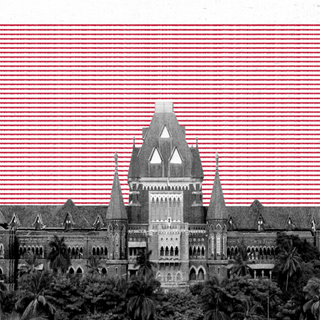A day after Additional Sessions Judge Vinod Yadav criticized the Delhi Police for lying on oath in a case about the 2020 Delhi riots, a transfer order moved him to another District Court, where he is set to preside over corruption cases. ASJ Yadav had previously criticized the way the police handled the Delhi riots and noted last month that the “failure to conduct a proper investigation will torment sentinels of democracy.”
The timing could be considered suspect as it follows in the footsteps of another similar transfer in 2014. J.T Utpat, a CBI judge was hearing a case involving the current ruling party’s general secretary Amit Shah’s alleged involvement in a “fake encounter” case just days before his transfer.
The transfer of judges has been a thorn in the side of democracy since the early aughts of the country’s independent history. Lawmakers constantly debated the constitutionality of transferring judges.
On the one hand, it undermined judicial independence if transfers were made with political motives. On the other, some argued that it allowed for more fairness if judges from other states entered into a context where the regional politics of the area couldn’t influence them.
Granville Austin, a political historian of the Indian Constitution, writes in the book Working a Democratic Constitution, that during the Emergency from 1975 to 1977, highly controversial transfers stirred up intense controversy nationwide. People saw these as “calculated attacks on judicial independence.” Sixteen judges who had ruled against the government in preventive detention cases were transferred without their consent.
Related on The Swaddle:
“Delay in Trial Constitutes Denial of Justice,” Chhattisgarh HC Says
Article 222 of the Constitution gives the President the power to transfer judges, with consultation from the Chief Justice of India. To prevent such overreach by the executive branch of the government again, the judiciary came up with the collegium system. Under this system, judges would decide judicial appointments and transfers, with a limited role for the executive (which would be the government). This is one of the placeholders in the Constitution for ensuring an impartial judicial system. It formally came into being with the Supreme Court Advocates On Record Association vs. Union of India verdict, in which judges were given all power.
Since 2014, however, the ruling party has sought to undermine the collegium’s discretion in decisions over appointments and transfers. In 2014, it passed the National Judicial Appointments Commission (NJAC), which sought to replace the collegium system and involve the Union Law Minister in appointments and transfers. After a protracted battle over it in the Supreme Court, which later struck the Act down, the government began to play a more decisive role in judicial transfers behind the scenes, according to experts.
In 2015, for instance, Delhi High Court judge Justice Rajiv Shakdher received transfer orders after ruling to defend a Greenpeace activist’s right to travel and express dissent. The ruling government had issued an Intelligence Bureau notice that prevented her from traveling abroad.
In 2017, Karnataka High Court judge Justice Jayant Patel also received a transfer order to the Allahabad High Court, with many speculating that he was paying the price for his judgment in a CBI case on journalist Ishrat Jahan’s death.
In 2019, Justice Akil Abdulhamid Kureshi from the Madhya Pradesh High Court received a transfer order after an unfavorable ruling against the ruling party leaders, allegedly at the request of the Prime Minister.
Similar cases have dotted the last seven years. Things came to a head in 2020, when Justice S. Muralidhar from the Delhi High Court was transferred just days after his sharp criticism of police inaction in the 2020 Delhi riots.
Given its notorious history, the pattern of judicial transfers in recent times is worrying. Criticism of the collegium system is that it is not transparent, and judges cannot appeal their transfers unless it does not involve the collegium. Not only do these transfers affect ongoing cases, but they also keep the judiciary under a firm leash, which some have said explains its lax judgments on some of the most crucial verdicts of our times.




